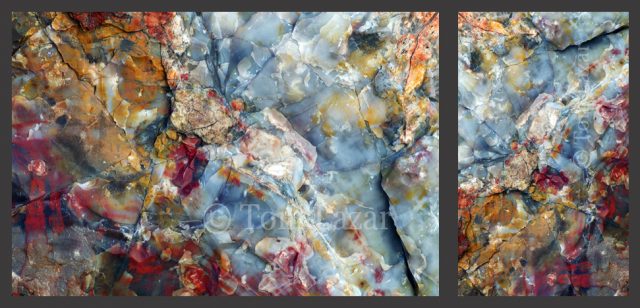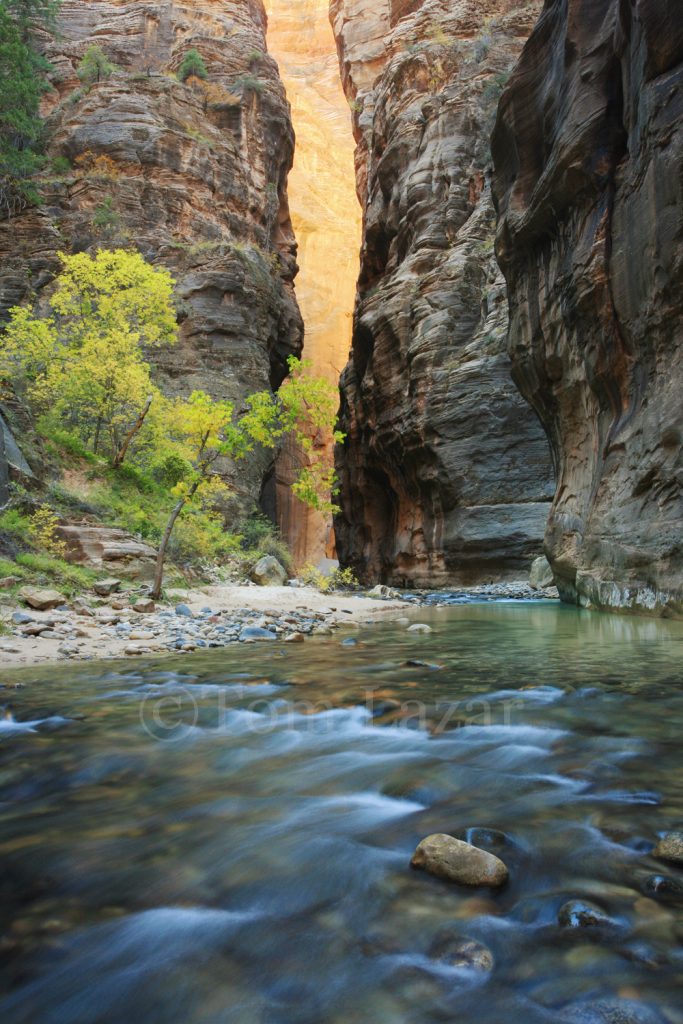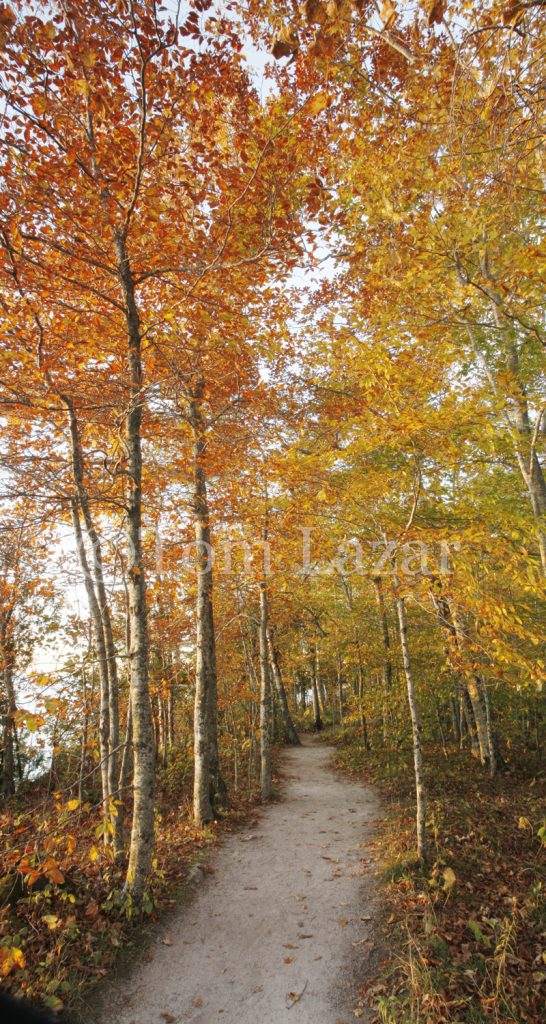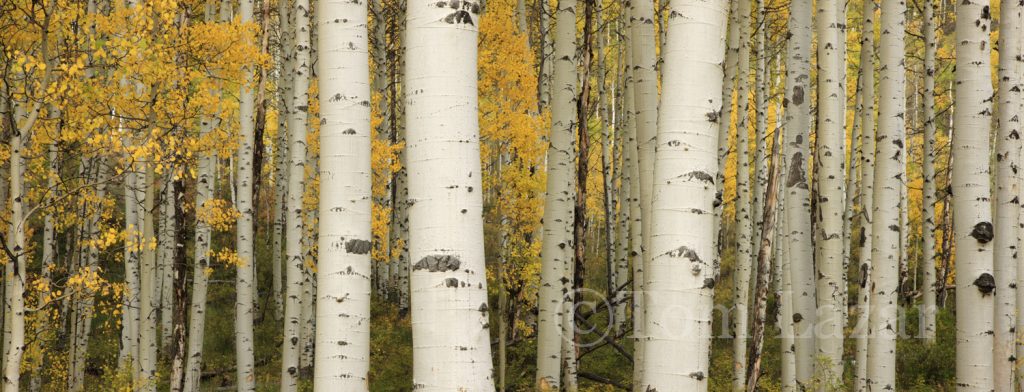Determining whether to shoot an image Vertically or Horizontally.
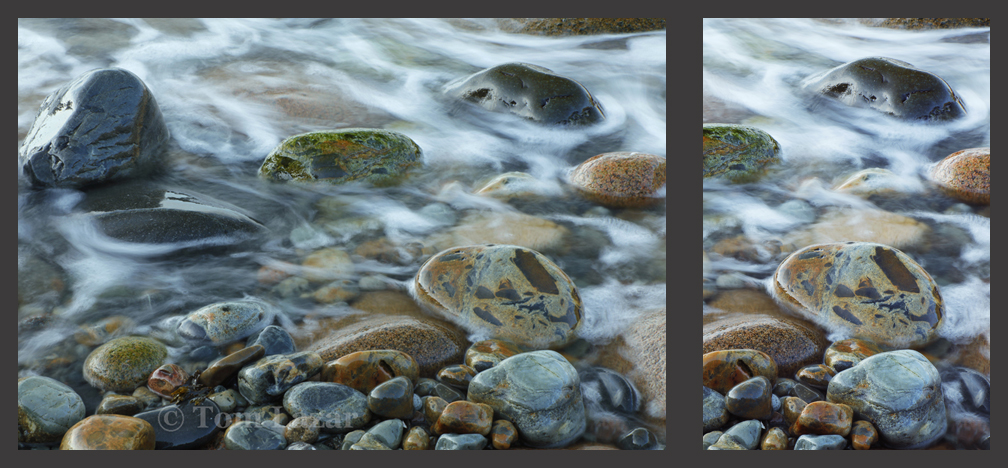
“a World Revealed” ~ Acadia National Park, Maine
These colorful rocks can only be seen for a short period of time each day. I found them in a small hidden cove that is overlooked by most visitors to Acadia National Park in Maine. The largest and most colorful rocks spend most of the time under water. It is only a few hours a day at low tide that the water drops low enough to expose them, and I captured this long exposure image.
The “a World Revealed” picture above is one of my more recent fine art print additions. It’s also a great example of the subject of this newsletter: how to determine whether to shoot a subject vertically or horizontally. This image was visualized and shot as a horizontal. When a customer loved the image but needed a vertical picture, I evaluated the image and came up with a strong (maybe stronger) crop of the image.
Very early in my career, I was advised to shoot as many vertical images as possible and I have always tried to do so whenever possible. This advice was usually given more as business advice rather than for artistic reasons. Vertical cover shots, pay more than other publication uses. I always put my artistic vision as the highest priority but kept that advice in mind. Besides, I love vertical images. Many seem to have a great sense of depth when compared to horizontals. That is even more true today as my focus is towards fine art use although my work continues to be used for both online and print publication. In many cases there is a strong, artistic reason for shooting a subject vertically. In others, both vertical and horizontal images are possible. Of course, horizontals are often the first choice of photographers. My popular “Petrified” image is an example of a subject that works both as a horizontal as well as a vertical image.
“Petrified” ~ Petrified Forest National Park, Arizona
There are so many great patterns to be found in nature. This close-up image of the broken end of a large petrified log is a tapestry not only of cracks but vibrant colors. These colors form as trees covered by volcanic ash are slowly replaced by different minerals as the organic materials slowly decay. The final result is a 3-D delineation in stone of the original material.
My preference for this image is horizontal, although I have done several special printings for customers as a vertical. In this case, it was created simply by flipping the image 90 degrees as opposed to cropping as I did in the “a World Revealed” image. The interesting thing is it was not shot as either vertical or horizontal, but rather a diagonal. What may seem like a simple composition was not. This was due to the clutter of cracks and vibrant colors in the large, petrified log I was photographing. In order to obtain a strong composition, I used my longest lens (usually reserved for wildlife) because I could not get as close as I would have liked to the subject and after much effort, I came up with my final composition. A 45 – degree slant created the best flow of both lines from cracks as well as in the tapestry of colors. I can only imagine the thoughts of several hikers who walked around me, laying sprawled out for over an hour, to get this image as I waited for just the right light as the sun peeked out from the clouds.
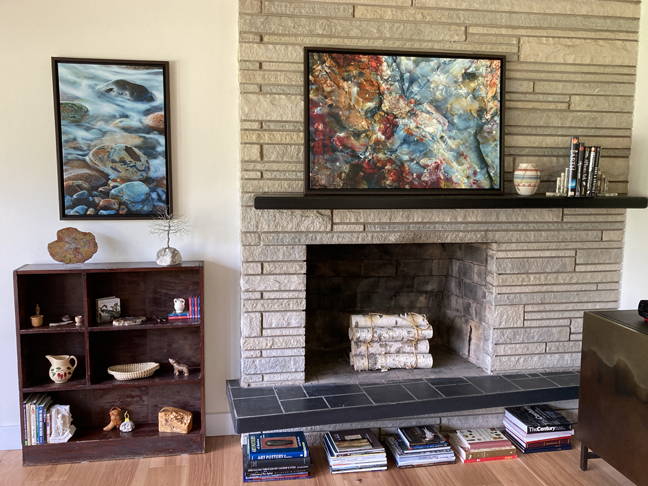
Thanks to Kathryn for sharing a shot of her purchase of these two images hanging in her home.
Any subject with an interesting foreground makes for a great vertical image opportunity. I often use a wide angle lens in these situations getting both close to the ground as well as any foreground objects. I also look for vertical lines when choosing whether to shoot an image vertical or horizontally. The dark vertical walls at the entrance to the “Wall Street” section in this image are obvious to most. Less obvious, are the subtle noncontinuous lines in the blurred ripples of the water flowing over and around the river rocks.
“Wall Street” ~ Zion National Park, Utah
My “Wall Street” image from the Narrows in Zion National Park contains all these elements and, along with the right lighting, that combined to created a strong image.
Trees frequently make for great vertical image opportunities. Obvious vertical lines and, in the case of my “Stroll Under the Canopy” image, the receding pathway also running up and into the image make a vertical image a stronger choice. Sometimes shooting a forest scene as a vertical is not a strong choice. In the case of my “Ablaze” image, a washed out, white, cloudy sky made for a drab and uninteresting element. The need to exclude it from the image made a horizontal the best choice and still produced a strong image. |

